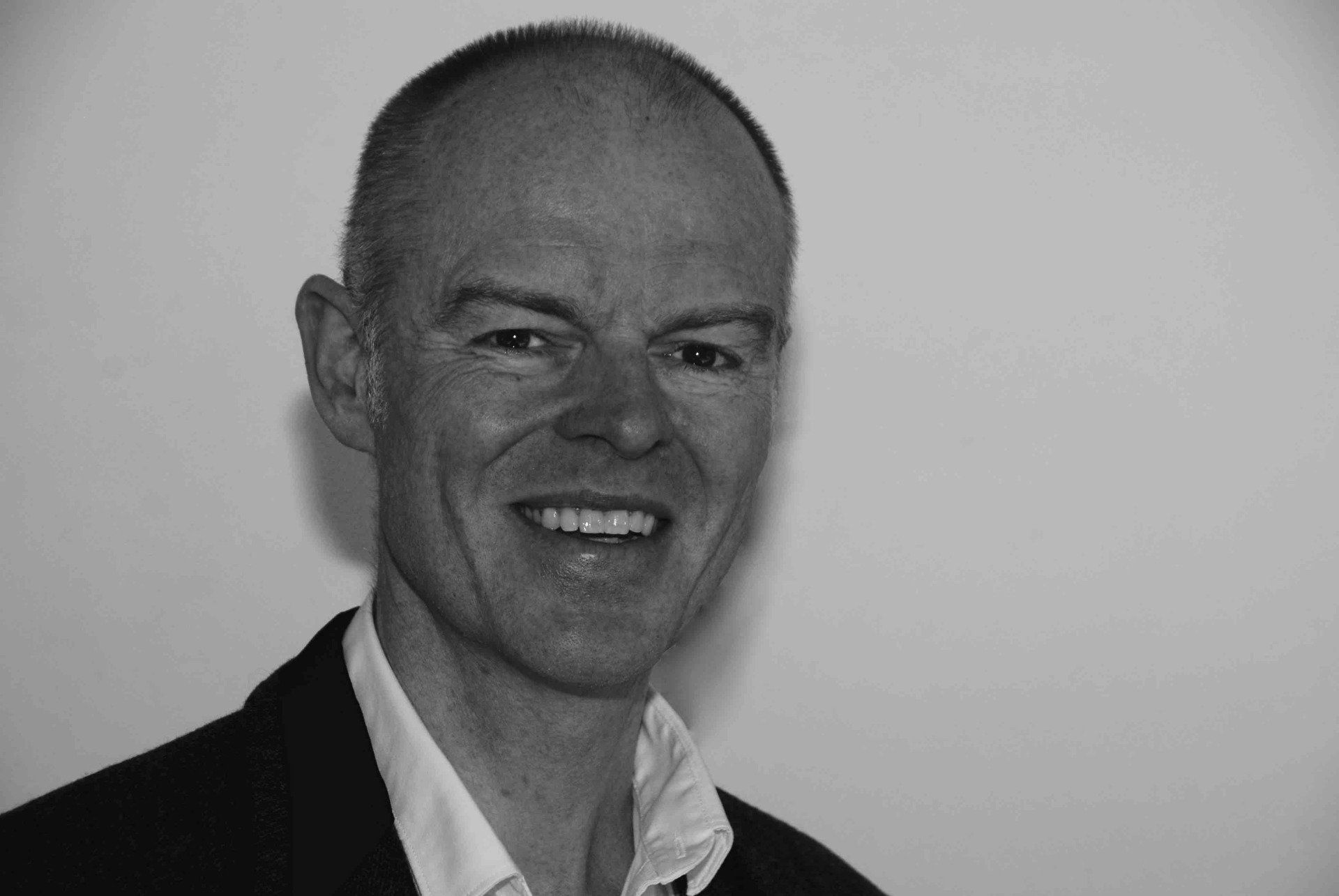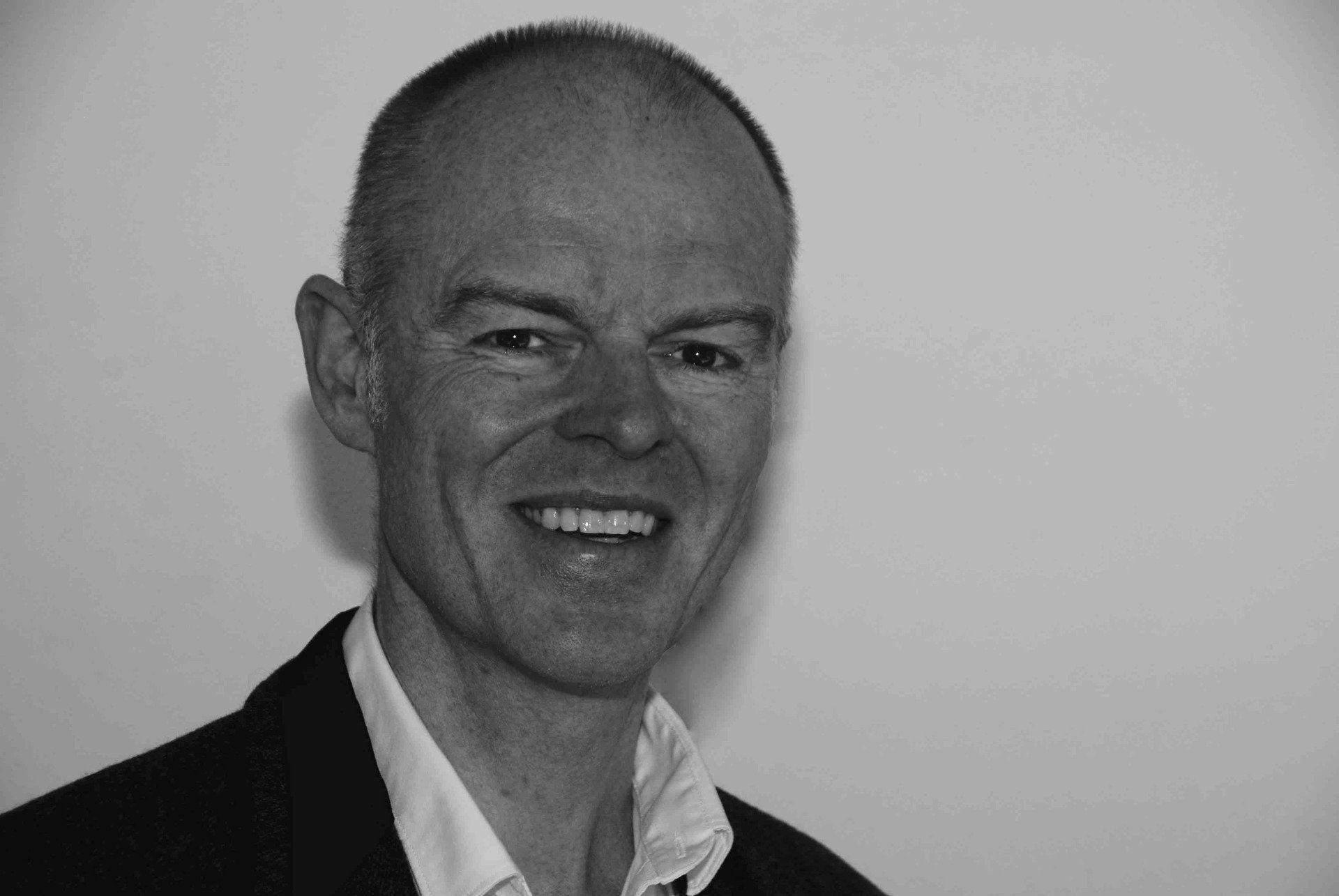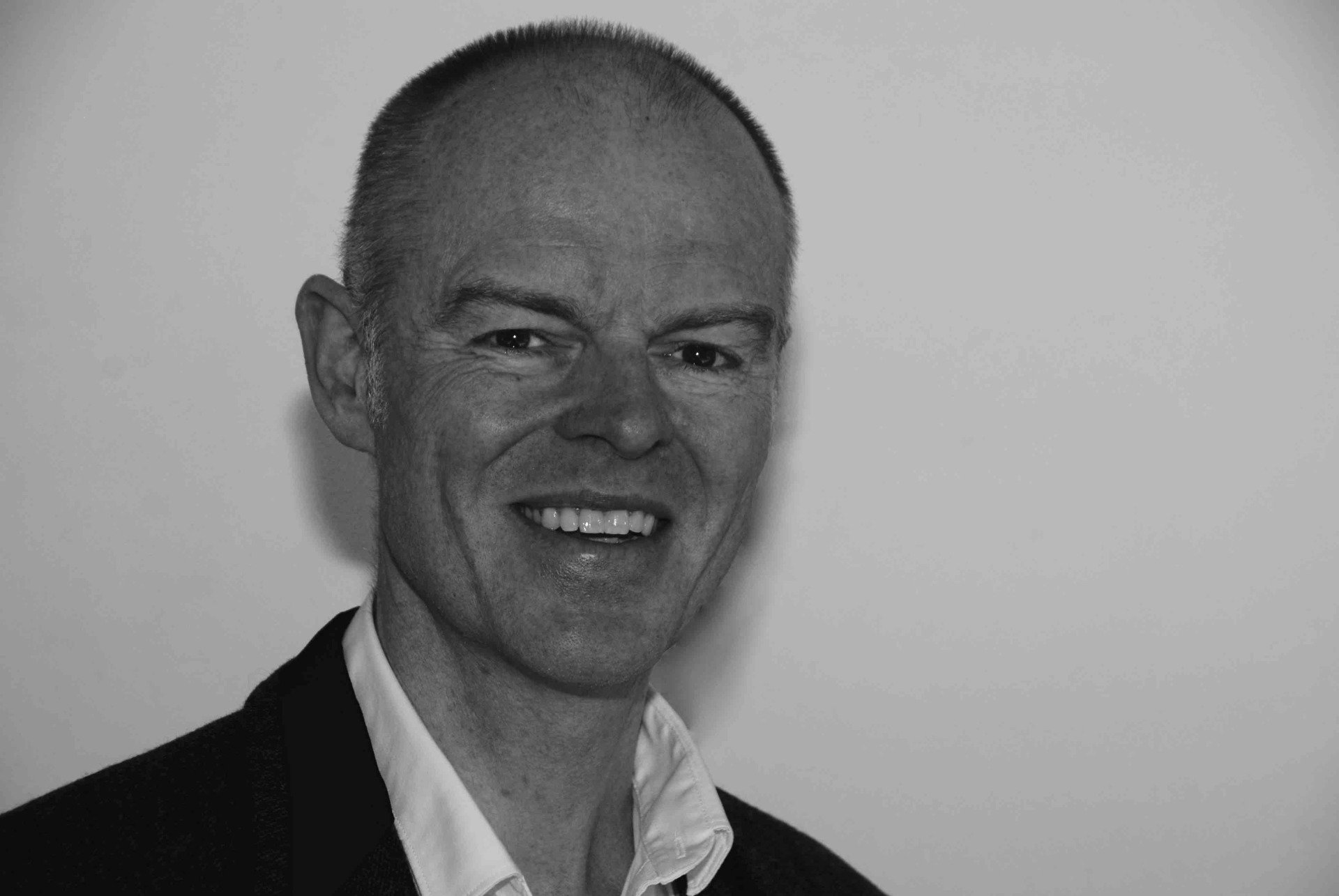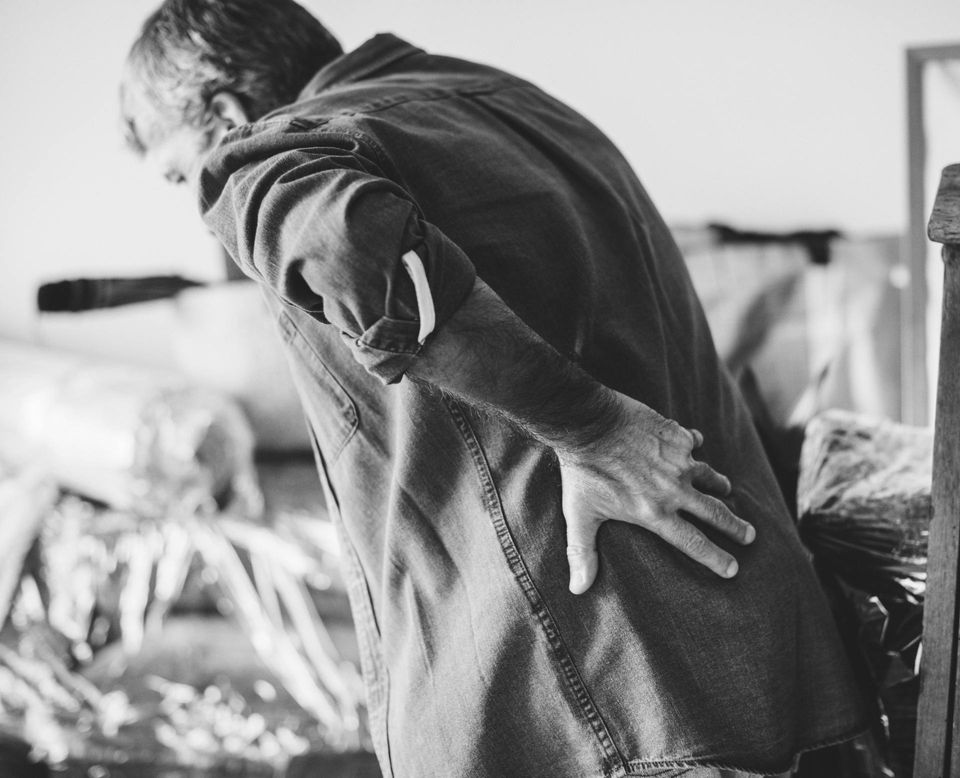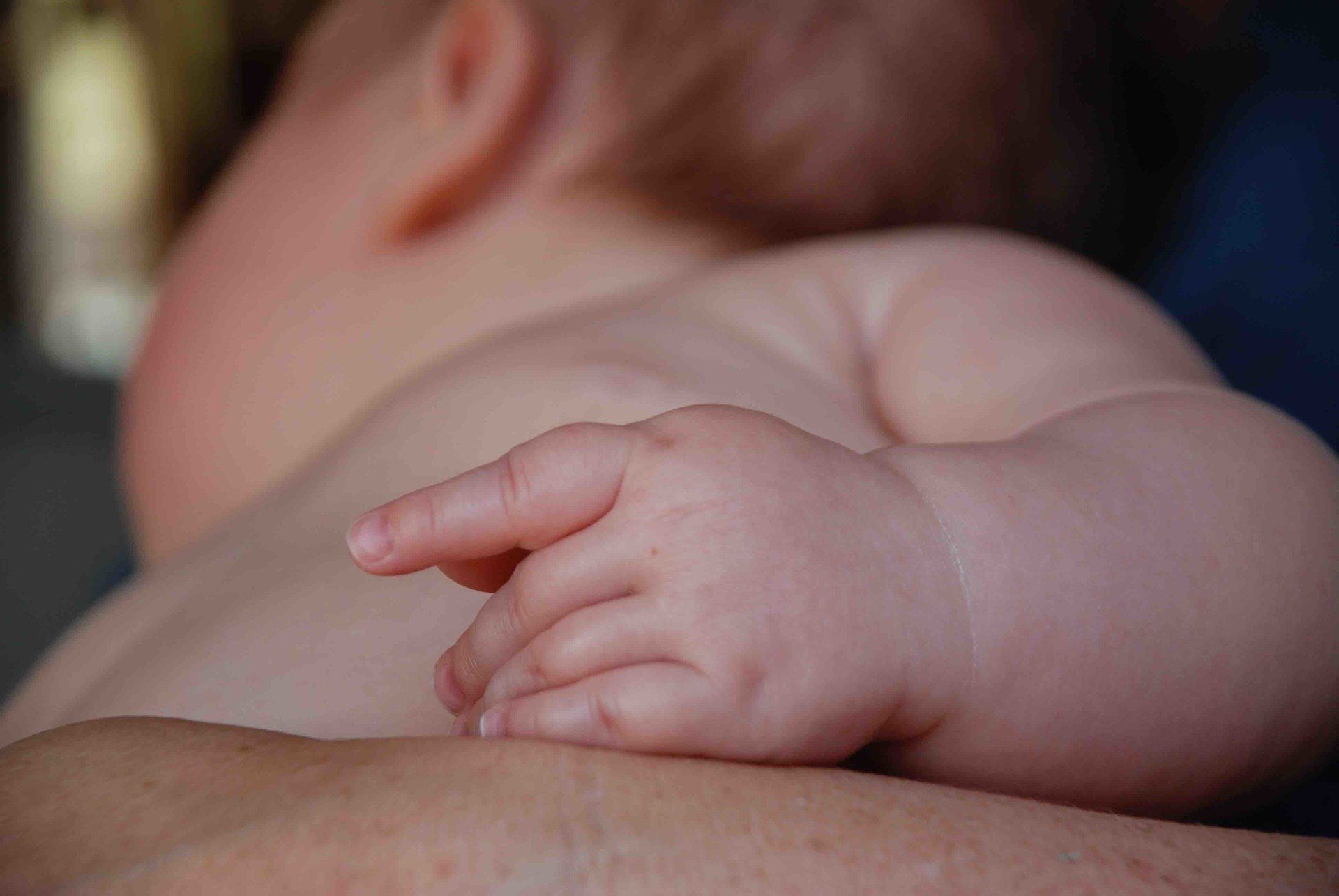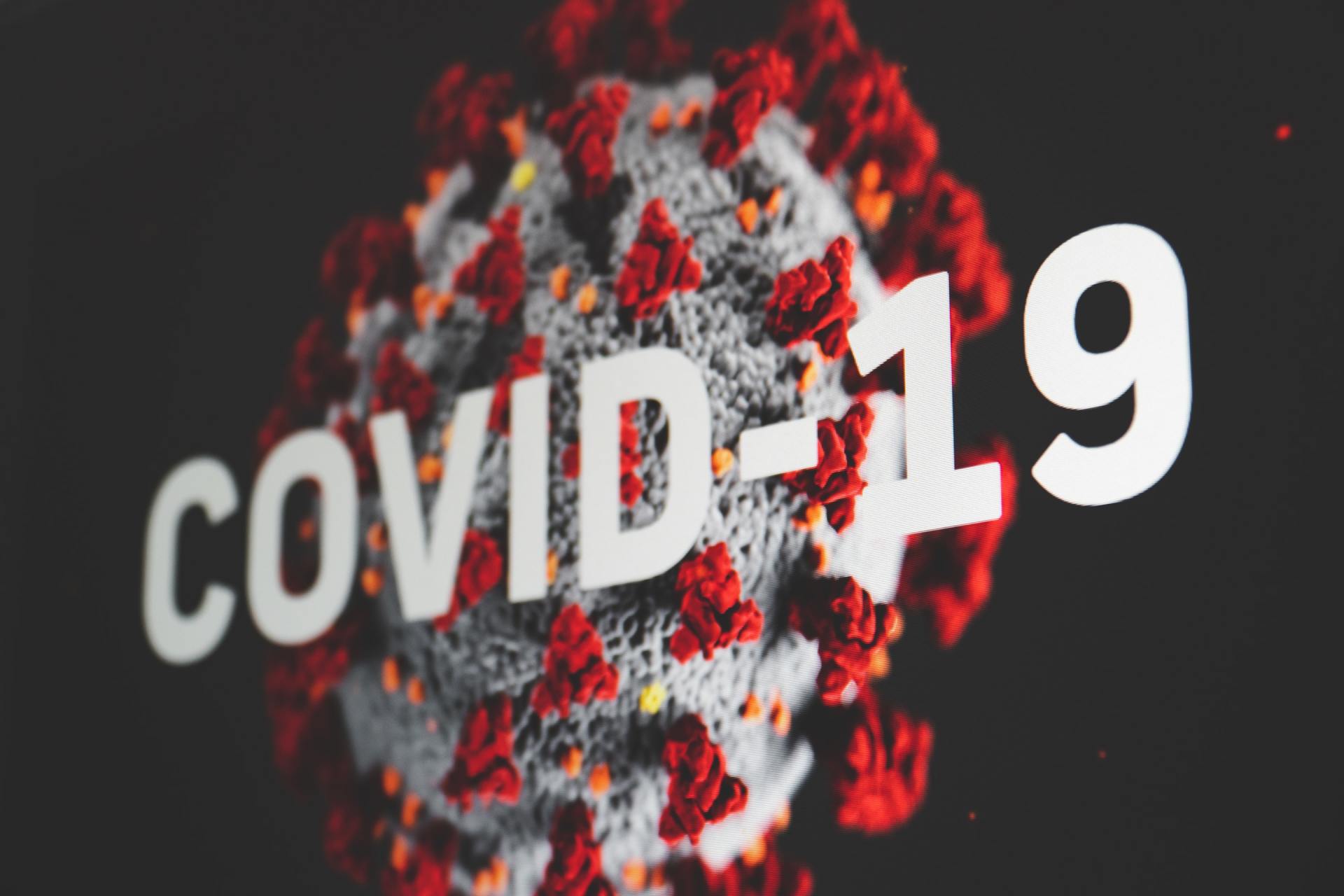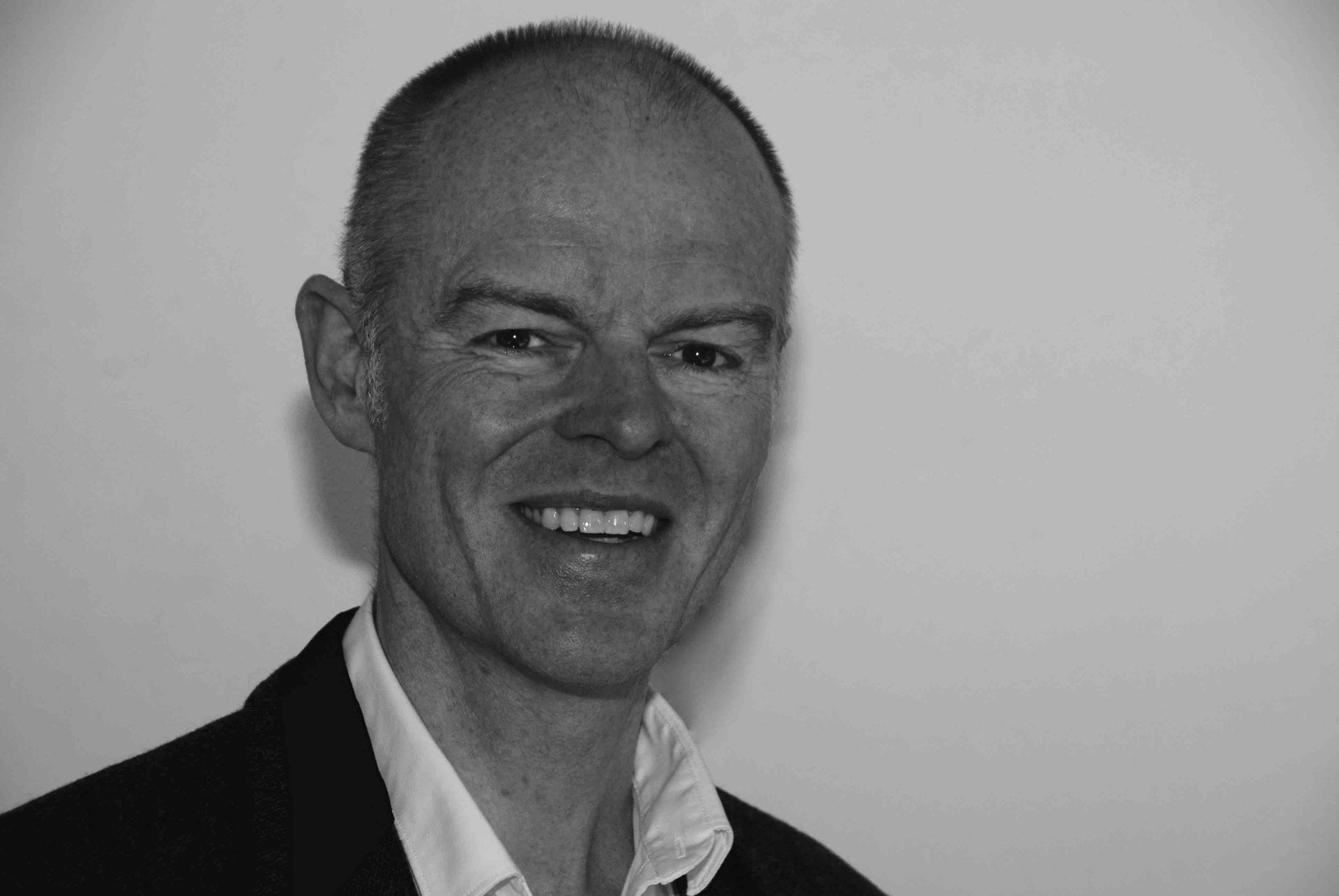How To Relieve Back Pain
Over the years I have successfully treated many patients with Five Element Acupuncture presenting with back pain. The following can be easily done both in the cases of acute or chronic pain and does not require any special equipment. I have also had cases where people have phoned me in acute pain and either cannot get to me for a session or I do not have a free slot and this is my go to advice. In a very high number of cases this will give immediate relief or at least lessen the pain. It can also be used to manage chronic back pain.
It is important not to be disturbed and also not to try doing anything else. For best results I would suggest being fully present, however, it is also okay to listen to music or the radio (no TV).
1.You will need a space to lie down on the floor. A soft carpet or a duvet to allow gentle cushioning for the body.
2.Laying on the Back with the feet hip width (about 8/10 inches ) apart and with the knees bent (for those familiar with yoga this is the backbend preparation posture) The head needs to be supported so that the neck is straight. A thick paperback or folded towel works very well. This will normally be about two inches but it varies from person to person. Hands are either placed on the body just below the rib cage, with the elbows on the floor, or the arms rest gently on the floor with the hands just away from the body.
3.The intention is then to stay in this position for 20/30 minutes (I would recommend a minimum of 20 minutes) remaining completely still. During this stage there are a couple of options. One is to remain passive and just switch off. This is fine and can still reap good benefits. If not too tired I would encourage very gentle involvement. Focus on your breath and the area of pain. As you breathe out mentally say “let go”, “release”, “relax”, ‘lengthen”, “widen”. Being with the pain rather than fighting it often changes its pattern. It is very important to stay as still as possible. If natural twitches occur that is fine but avoid fidgeting.
4.The final part and this is just as important is to move from this position very slowly. First gently rolling to one side staying there for 2/3 minutes and then again very slowly coming to a standing position.
Now that’s it. It’s simple and can be highly effective. If nothing else it will bring some sense of relaxation and restoration.
Now there are a few things going on here. The muscles that support the spine are allowed to rest. Muscles that may be in spasm creating pressure on nerves and resulting in pain are allowed to release. The part of the brain that links in with the parasympathetic (the part that creates relaxation and de stresses) is engaged which is the opposite of the sympathetic (active eg moving your arm). This results in a decrease of the of the flight, fright and freeze mechanism (sympathetic) that may be aggravating the pain. Literally the muscles can be in a state of over excitement. Engaging the parasympathetic sends a message for these muscles to relax which more often than not reduces the pain.
Also at night the discs that separate the vertebrae reabsorb fluid that is lost through out the day. Remaining on the floor in the manner as described above speeds this process up allowing for reabsorption of fluid into the discs. Space is then created taking pressure off a compressed spine.
David Thorpe
MBAcC LicAc DipBSSD YTTC
Clinics in Central London and Hemel Hempstead/Berkhamsted
